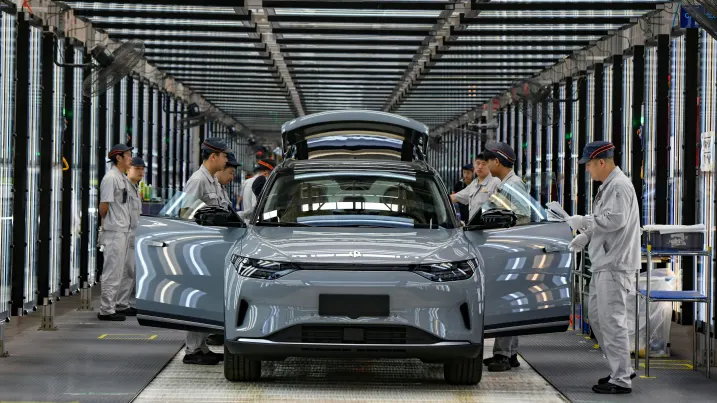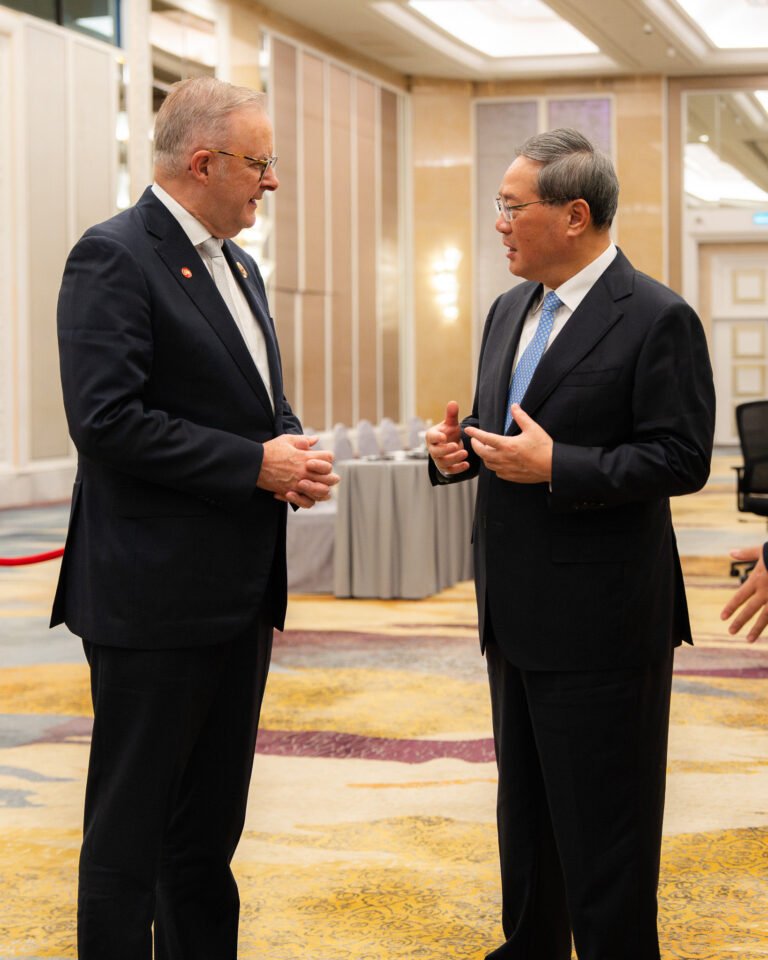
Beijing’s policies to stabilize factory-gate prices and boost output drive rebound, though sector performances vary.
Jinhua, China – Profits at China’s major industrial firms surged 21.6% in September compared to a year earlier, the National Bureau of Statistics (NBS) reported Monday. This represents the sharpest increase since November 2023, building on a 20.4% gain in August and signaling a continued recovery in the country’s industrial sector.
For the first nine months of the year, cumulative industrial profits rose 3.2% year-on-year to 5.3732 trillion yuan ($740 billion), accelerating from the 0.9% growth recorded in the January-August period.
Policy Support and Price Stabilization
The rebound has been largely attributed to Beijing’s efforts to curb price wars in key sectors such as steel and chemicals. These measures have helped stabilize factory-gate prices and supported industrial output, which grew 6.5% in September — up from 5.2% in August.
Despite persistent deflationary pressures, with the producer price index falling 2.3% in September, government intervention has eased competitive pricing pressures and improved profit margins for many manufacturers.
Sector Performance: Mixed Results
· Manufacturing profits rose 9.9% in the first three quarters.
· High-tech manufacturing led the gains, soaring 26.8% in September alone.
· Electricity, heat, fuel, and water supply sectors saw profits climb 10.3%.
· In contrast, the mining sector reported a significant decline of 29.3% in profits.
Yu Weining, chief statistician at the NBS, highlighted that “high-tech manufacturing helped drive broader profit growth,” underscoring the sector’s role in China’s industrial upgrade.
Trade and Economic Challenges
Chinese manufacturers have faced headwinds from U.S. trade tariffs — some as high as 100% — and lackluster domestic consumer confidence amid a prolonged property downturn and weak labor market conditions.
Still, exports in high-tech electronics and machinery have remained resilient, partly offsetting external pressures. However, analysts from Nomura warned that export growth may slow in the fourth quarter due to a high base effect and rising global trade barriers.
Broader Economic Context
China’s economy grew 4.8% in the third quarter — its slowest pace in a year — while fixed-asset investment unexpectedly contracted by 0.5% in the first nine months, the first decline since 2020.
Despite the modest growth, the stronger-than-expected industrial performance has reduced expectations for large-scale stimulus. Officials recently emphasized technological innovation and industrial upgrades over broad consumption incentives.
“References to ‘expanding domestic demand’ are present but comparatively much less prominent,” said Louise Loo of Oxford Economics. “Policymakers don’t envision large-scale consumption stimulus over the next five years.”
Source: CNBC, National Bureau of Statistics







